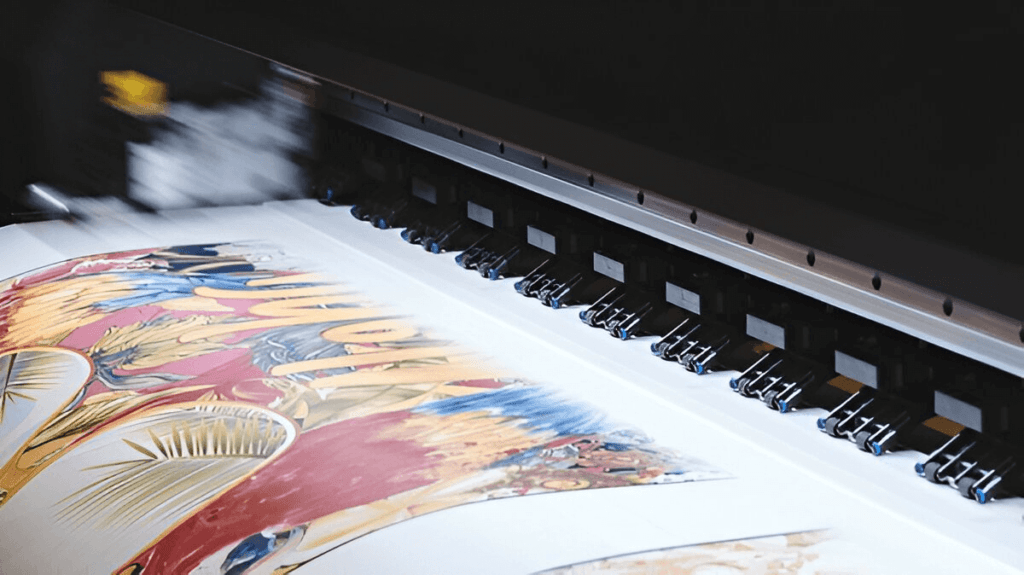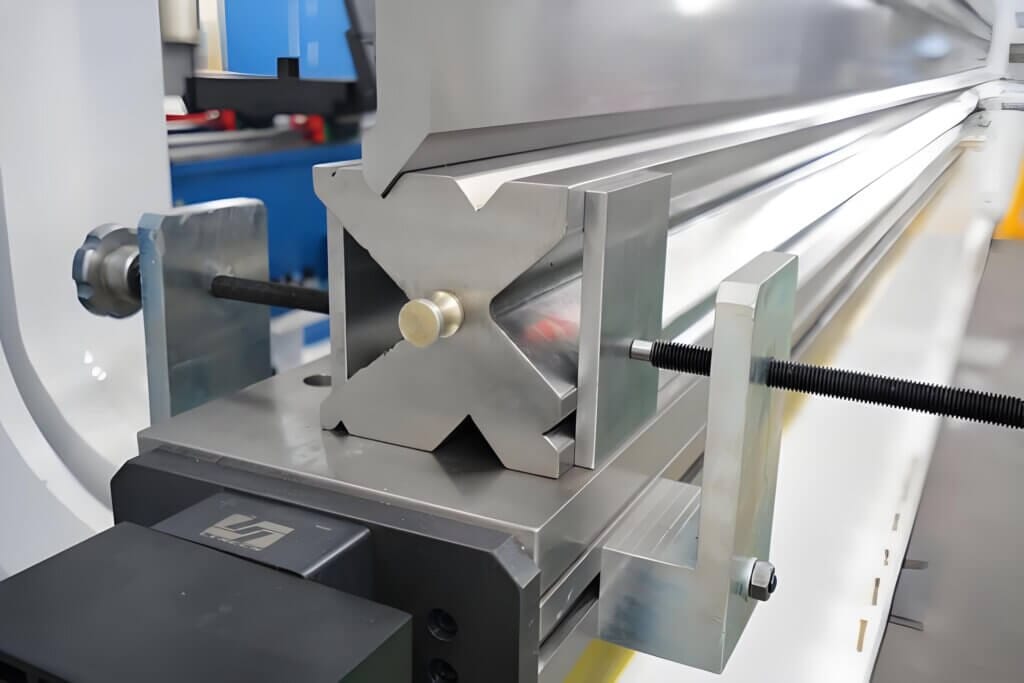Understanding the Importance of Cutter Blade Maintenance
Maintaining industrial cutter blades is a critical aspect of ensuring optimal performance and longevity in various applications. These blades are integral to many operations, from manufacturing to construction, where precision and efficiency are paramount. Regular maintenance not only enhances the operational efficiency of the blades but also directly affects the overall productivity of the processes they are involved in. When blades are well-maintained, they achieve cleaner cuts and operate at higher speeds, thereby reducing operational costs and increasing output.
Neglecting proper cutter blade maintenance can lead to a myriad of issues that adversely affect both productivity and safety. For instance, dull or damaged blades can result in increased material waste due to improper cuts, leading to additional costs. Furthermore, when blades are not regularly inspected or sharpened, the risk of unexpected breakdowns increases, leading to costly downtime. This downtime can severely disrupt production schedules and impact the bottom line, making it essential for organizations to prioritize their maintenance routines.
Moreover, poorly maintained blades pose safety hazards to operators. Dull blades require more force to cut through materials, which can lead to accidents and injuries. In industrial settings, where the speed and efficiency of operations are crucial, substandard blade conditions can jeopardize worker safety and compliance with industry regulations. Therefore, implementing systematic industrial cutter blade maintenance tips can significantly reduce these risks, ensuring that blades operate safely and effectively.
In conclusion, the significance of regular cutter blade maintenance extends beyond enhanced performance. It encompasses safety, reduced operational costs, and sustained productivity, making it a fundamental practice for any business relying on these critical tools. By integrating comprehensive maintenance strategies, organizations can optimize their cutter blade performance and protect their workforce while driving greater efficiency in their operations.
Regular Inspection and Cleaning Procedures
Maintaining industrial cutter blades is crucial for optimizing their performance and longevity. Regular inspections are essential to identify any signs of wear or damage early. Begin by gathering the necessary tools and materials for the inspection process. You will need a clean cloth, a magnifying glass or jeweler’s loupe, a set of safety goggles, and appropriate lubrication agents. These items will aid in thoroughly examining the blades and ensuring their cleanliness.
During the inspection, inspect the blades for any visible signs of damage such as nicks, chips, or uneven edges. Using the magnifying glass, closely examine the cutting surface to detect micro-abrasions or other wear indicators. Finding these defects early can prevent further damage and enhance the blade’s effectiveness. Additionally, check for rust or debris buildup, which can significantly affect cutting precision.
Once the inspection is complete, cleaning the blades is the next vital step. Begin by removing any debris or residue that may have accumulated on the blades. A clean cloth moistened with a suitable solvent can be effective for this task. Ensure that you avoid harsh chemicals that may corrode the material of the blades. For deeper cleaning, a soft brush can be utilized to dislodge any particles lodged in hard-to-reach areas while ensuring that the integrity of the blade is maintained.
Establishing a consistent maintenance schedule is equally important to the longevity of industrial cutter blades. Documentation of inspection dates and findings can help keep track of the condition of each blade. Regularly adhering to these industrial cutter blade maintenance tips will result in a reduced risk of operational downtime and increased production efficiency, extending the life of your valuable equipment.
Sharpening and Adjusting Cutter Blades
Maintaining the performance of industrial cutter blades is crucial for achieving precision and efficiency in cutting tasks. One of the fundamental aspects of this maintenance is sharpening the blades. Various methods are available for sharpening, and they can be broadly categorized into manual and automated techniques. Manual sharpening involves using tools such as whetstones, honing rods, or file systems, allowing for greater control over the sharpening angle and depth. Conversely, automated sharpening machines can provide a consistent edge and are often more efficient for large-volume operations.
Recognizing when a blade needs sharpening is vital for optimal performance. Signs that indicate a blade requires attention include increased cutting resistance, visible wear on the cutting edge, and rough or uneven finishes on the cut material. By regularly inspecting the cutter blades and monitoring their performance, operators can determine the best timing for sharpening, thus preventing excessive wear and prolonging the lifespan of the tools.
In addition to sharpening, adjusting the blade settings is another critical factor in achieving precise cuts. Proper height, depth, and angle adjustments can enhance the overall cutting efficiency. Operators should familiarize themselves with the specific parameters required for different materials and thicknesses to ensure that the blades are performing at their best.
It is also essential to be aware of common mistakes during the sharpening process that could lead to decreased blade life. Over-sharpening or failing to maintain the correct angle can weaken the blade or lead to uneven wear. Additionally, neglecting to lubricate the blade during sharpening sessions may result in overheating and rapid degradation. By following these industrial cutter blade maintenance tips regarding sharpening and adjusting blades, operators can ensure their tools perform at optimal levels while minimizing the risk of premature failure.
Storing and Handling Cutter Blades Properly
Maintaining the functionality and longevity of industrial cutter blades is crucial, and proper storage and handling play a vital role in achieving this goal. One of the most effective industrial cutter blade maintenance tips is to keep the blades in a suitable storage environment. Blades should be stored in a cool, dry place to prevent corrosion and avoid moisture-related damage. Extreme temperatures and humidity can adversely affect the materials used in producing cutter blades, leading to premature wear or deterioration.
Additionally, using protective coverings for the blades can significantly enhance their lifespan. Blade guards or sheaths made from durable materials can shield blades from dust, debris, and physical damage while not in use. These protective coverings should be fitted snugly and should be removed carefully to avoid accidental cuts or nicks to the blades during handling. It is advisable to label the storage areas to ensure that the correct blade is reached for specific applications, thus minimizing the risk of mishandling.
Safe handling techniques are equally important in the upkeep of industrial cutter blades. When transporting or handling blades, individuals should wear appropriate personal protective equipment (PPE), such as cut-resistant gloves, to prevent injuries. Always ensure that the cutting edge of the blade is pointed away from the body and other individuals when moving or using it. When picking up blades, grasping the handles or non-cutting parts provides a secure hold and reduces the chances of accidents.
Incorporating these industrial cutter blade maintenance tips regarding proper storage, protective coverings, and safe handling techniques will ultimately preserve the integrity and safety of the blades, enhancing their performance in various industrial applications.






